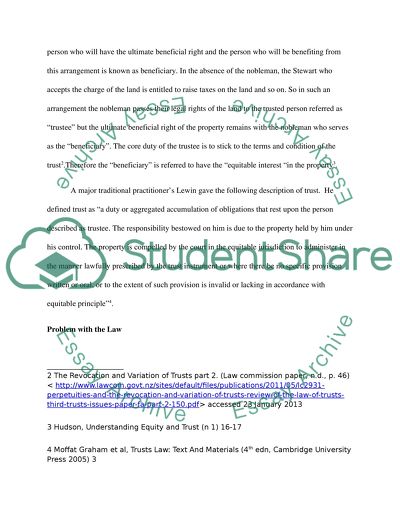Cite this document
(“Equity and Trusts Essay Example | Topics and Well Written Essays - 1500 words - 1”, n.d.)
Retrieved from https://studentshare.org/law/1466776-equity-and-trusts
Retrieved from https://studentshare.org/law/1466776-equity-and-trusts
(Equity and Trusts Essay Example | Topics and Well Written Essays - 1500 Words - 1)
https://studentshare.org/law/1466776-equity-and-trusts.
https://studentshare.org/law/1466776-equity-and-trusts.
“Equity and Trusts Essay Example | Topics and Well Written Essays - 1500 Words - 1”, n.d. https://studentshare.org/law/1466776-equity-and-trusts.


